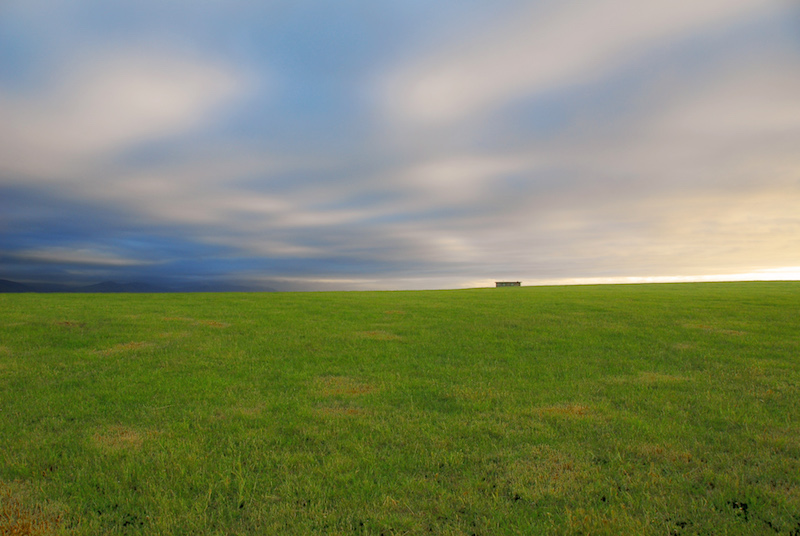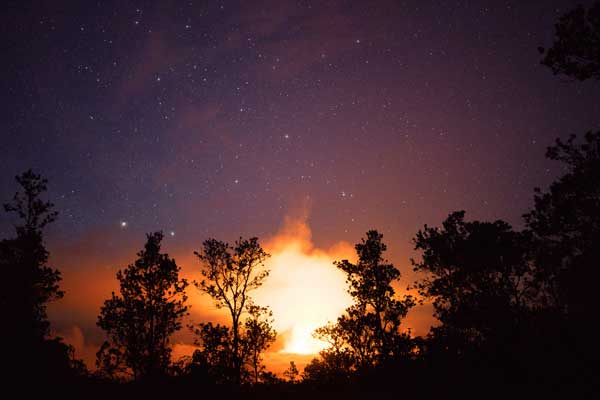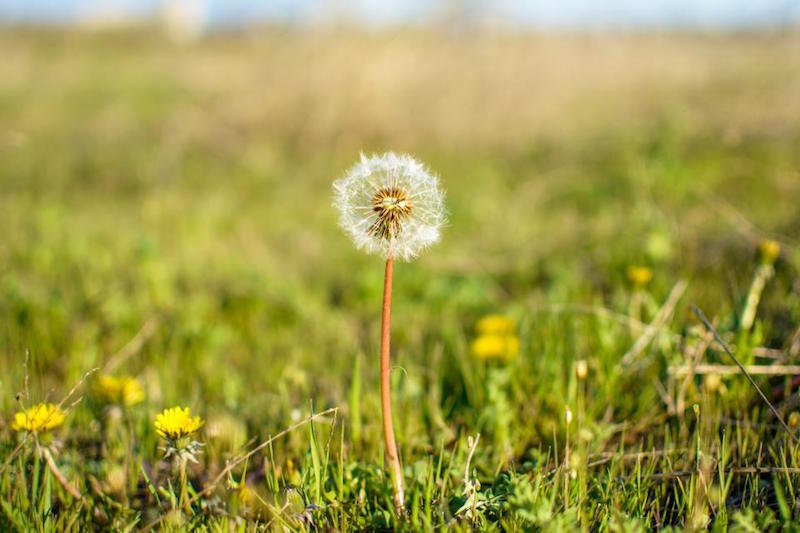A minimalist mind
To deal with the explosion of information available to us, we’re told to avoid the filter bubble by seeking out a variety of sources. Or we’re told to pursue a low information diet. But we’re also told that to be informed is one of the duties of citizenship. What are we to do? Here are some other options:
-
Stop caring about what doesn’t affect you. There’s apparently a Syrian refugée crisis in Europe. It’s unfortunate; but I won’t read about it. What good does it do? Nothing. So why bother reading about it? My sphere of interest should coincide with my sphere of influence. I feel bad about their situation; but all I can do it live my own life as simply as I can.
-
Don’t click link bait. Ever. Do the world a favor and stop clicking link bait. Don’t click any title that begins with a number, e.g. “6 easy ways to make the most of working from home.” Don’t click any link with women in bikinis. These are rabbit holes from which you eventually emerge with self-loathing. And by clicking on link bait, you’re voting for crap on the web. Even some well-known newspapers like the Washington Post are full of link bait. Learn to recognize link bait and stop clicking it.
-
Know what you want. Before you open a browser window, you exactly what you’re looking for. Find it, save it. Then close the window. Failure to know what you’re looking for on the web just makes you susceptible to what everyone else thinks you should look at. And 99.9% of it is crap.
-
Stop social networking. Facebook, Twitter and whatever comes next are enormous wastes of mental energy. If after diving into Facebook only to emerge an hour later you feel the guilt and self-loathing of a heroin addict, you should. Facebook and its worthless spawn are the crack cocaine of the web.
-
Use a crutch. “You can’t change what you don’t measure.” So measure your computer use. Get RescueTime and install it on your computer(s). It will give you reports on how much time you spend doing various tasks on the computer. Unfortunately, it doesn’t do much on the iPhone because Apple has iOS locked down. But on your laptop, desktop and Android devices you can get excellent data on what your spending your time doing at the computer.
-
Put down your phone. Few things send me into more rage than seeing people walking around mesmerized by their little glowing rectangles. Seriously, what the hell is wrong with people? It’s not that interesting. Get a life.
-
Train yourself to ignore advertisements. Block the hell out of advertisements. I’m completely unmoved by specious arguments about how unethical it is to block ads and how it will destroy the web as we know it. It’s not my fault that the web is monetized in screwy ways. I didn’t ask for valuable services to be free. Stop making yourself a target for advertiser’s Jedi mind tricks. Install an AdBlocker and aggressively block their psychomanipulations.
It’s much easier to have a quiet mind by making your forays into the web as transactional as possible.




